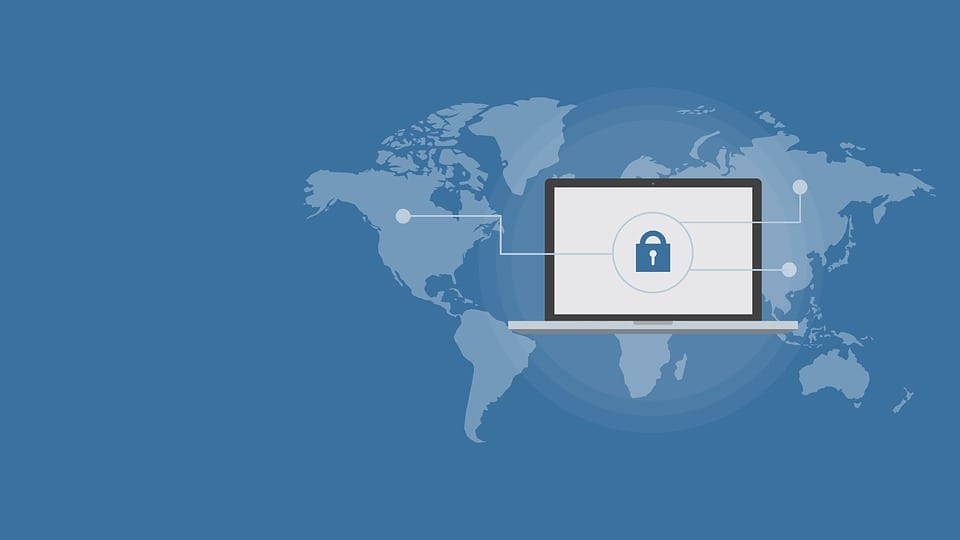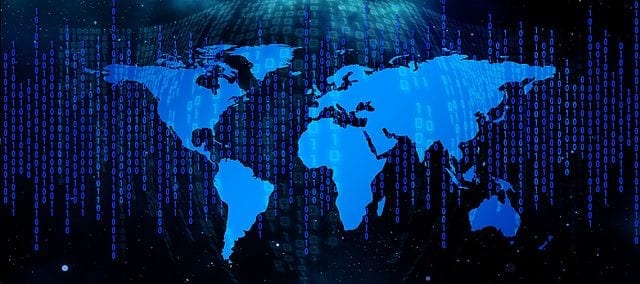3 min read
What is Tableau: Overview, Application & Differentiation from Excel
Anurag : Oct 6, 2017 10:00:00 PM

Tableau is a data visualization software that is used for data science and business intelligence. Tableau can create a wide range of different visualization to interactively present the data and showcase insights. It comes with tools that allow to drill down data and see the impact in a visual format that can be easily understood by any individual. Tableau also comes with real-time data analytics capabilities and cloud support. Here we will discuss the different versions of Tableau, it benefits and implementation. We will see how Tableau is different from Microsoft Excel and other spreadsheet tools.
Read More: 10 Big Data visualization tools to make sense out of clustered data.
An Overview of Different Tableau Products:
Tableau Desktop:
Tableau Desktop is a business intelligence and data visualization tool that can be used by anyone. It specializes in transforming boring tabulated data into eye-candy graphs and representations. With tableau desktop, you can enjoy real-time data analytics by directly connecting to data from your data warehouse. You can easily import your data into Tableau’s data engine from multiple sources and integrate them by combining multiple views in an interactive dashboard.
Tableau Server:
Tableau server comes with all the features of Tableau Desktop along with networking capabilities. With Tableau Server you can share dashboards created in Tableau Desktop. This makes it an ideal choice for enterprise-level projects and reporting. When leveraged with real-time data processing this can become a very dynamic and powerful tool for ensuring instant communication of data and insights.
Tableau Online:
This is a hosted version of Tableau server. It is usually powered with the help of cloud computing to make the software available to everyone. This enables faster and easier access to business intelligence on the go. You can publish dashboards created in Tableau Desktop and share them with colleagues.
Tableau Reader:
This is the free desktop version of Tableau. Its features are limited to only viewing the visualizations created in Tableau. This means that you can filter and drill down the data but cannot edit or perform any kind of interactions or edits.
Tableau Public:
This is a free version of Tableau software which can be used to make visualizations. The downside is that you need to save your workbook and visualizations in the Tableau Server which can be accessed by anyone.
Tableau vs. Excel:
People are easily confused between Tableau and Microsoft Excel. For a person who has never used these tools in depth, they appear to be similar to each other. Both these tools can be used to create interactive visualizations and have the tools to analyze data. But the approach each of these tools uses to reach the insights is very different.
Tableau is a data visualization tool, meaning that it formats data in the initial stage into pictorial representations. As and when users drill down the data, the representations change accordingly. Excel, on the other hand, needs the user to first analyze data in tabular format and then opt for visualizations for better understanding and insights. Here are two key differences between the Excel and Tableau:

- In Excel, you need to know the insights you are looking for and accordingly place the formulas and arrange tabulation. While Tableau can take you to insights you never thought would exist. Using interactive visualizations and data drilling tools you can freely explore data without any specifics in mind.
- While both Excel and Tableau support real-time data visualizations, Excel needs programming to enable such processing while Tableau uses an easy and interactive approach to the same. Overall Tableau is designed for business executives enabling them to find correlations in data without any need for specialized knowledge of data science.
3 Benefits of Using Tableau:

1. Awe-inspiring Visualizations:
Tableau provides great data visualizations at scale. It takes unorganized data and provides a range of visualizations for a deeper understanding of trends. It makes it easy for users to analyze data by using differentiating factors like colors, labels, and shapes. By allowing for easy switching between different visualizations it brings in greater context as we drill down the data and explore on a granular level.
2. Greater Insights:
Tableau allows the user to analyze data without any specific goals in mind. You can freely explore the visualizations and look for different insights. By using “what if” queries you can adjust data hypothetically and visualize data components dynamically for comparisons. When combined with real-time data these capabilities enhance dramatically.
3. Ease of Use:
Tableau is a highly interactive solution for business intelligence. It is designed for people who don’t have coding skills. With Tableau, anyone can visualize and understand data without the need for any advanced skills in data science. As compared other tools Tableau showcases visuals in a presentable way hence, they can be used in presentations and reports. All of this makes Tableau a great tool not only for data scientists but also for business executives.
Implementation of Tableau:
Tableau comes with a variety of implementation and consulting options. It comes with quick-start options for small-scale deployments which can complete the setup in just a few hours. While for complicated enterprise-level deployment it comes with the following four-step process:
- The first deployment phase involves IT planning, architecture consulting, pre-install check-up, server set-up and verification, and security configuration.
- In the next step involves working on data and its migration - this includes data modeling, data mining, data extraction, data sources and business workflow.
- With this step, the company ensures that employees are actually able to use the tool. A two-day classroom training is provided for Tableau fundamentals, hands-on advanced coaching, and for building and formatting visualizations.
- The final step helps companies expand Tableau usage across their business. Implementation workshops are conducted where topics like the evaluation of action plans and the process of defining measurable outcomes are discussed.
At NewGenApps we have a team of expert data scientist who can help you make sense out of big data or implement solutions to infuse data-driven decision-making in your organization. If you are looking for experts to handle your Big data then feel free to get in touch.




